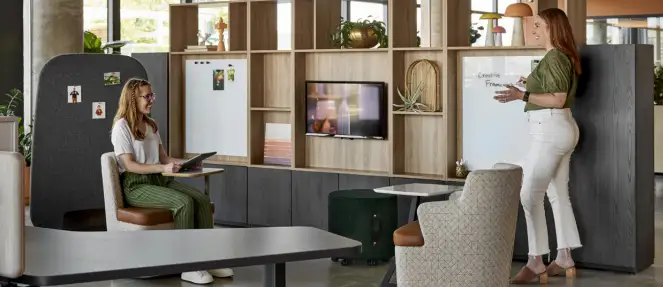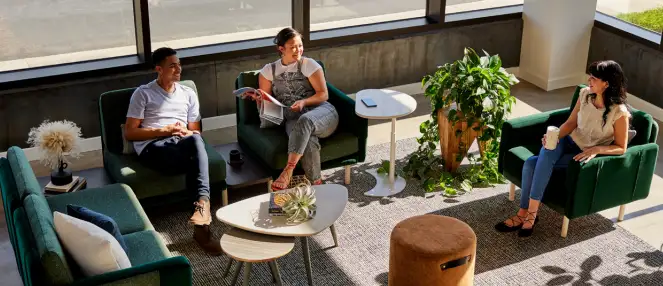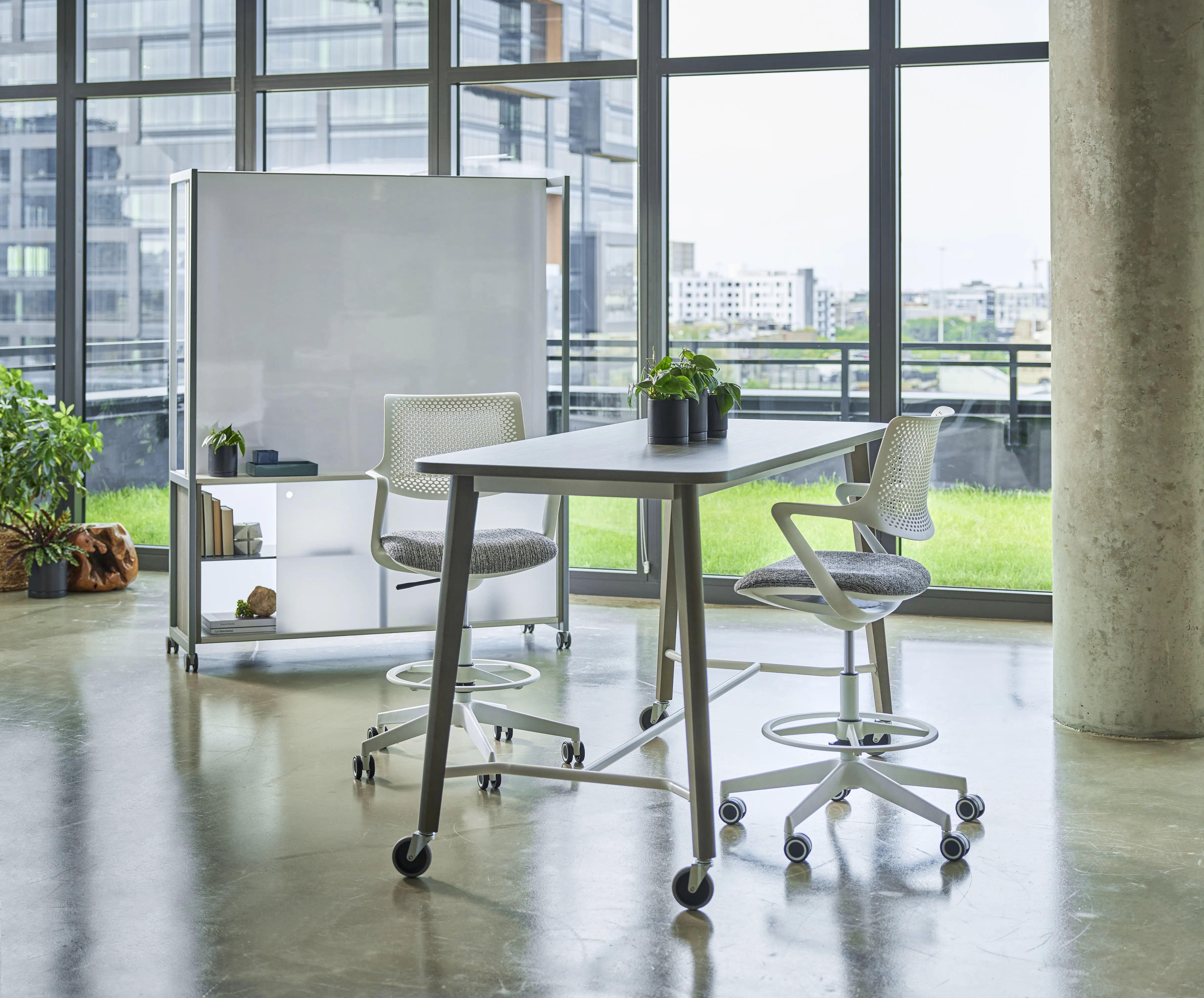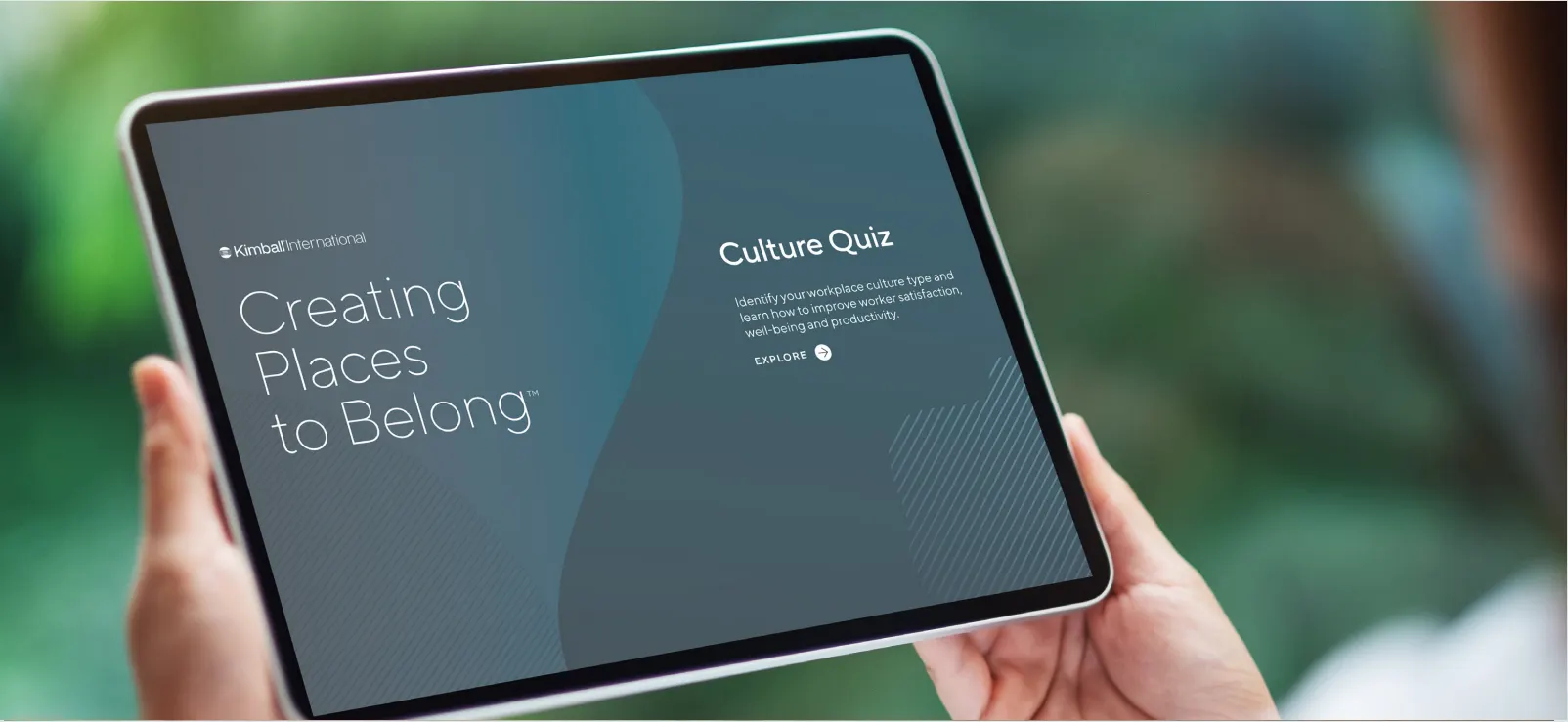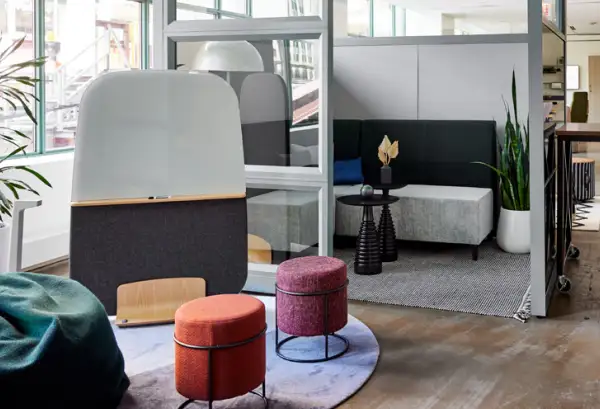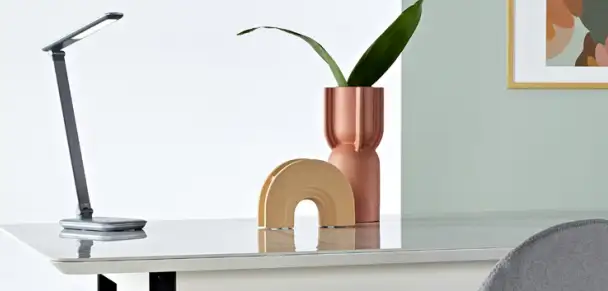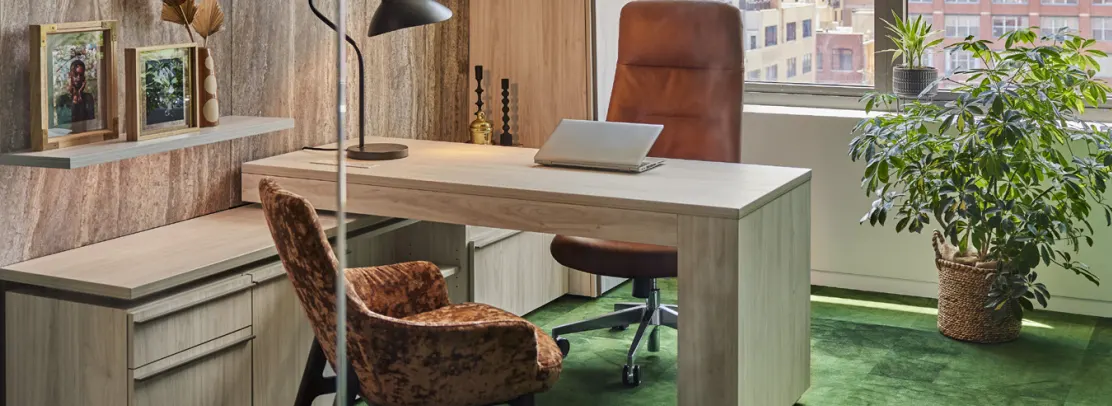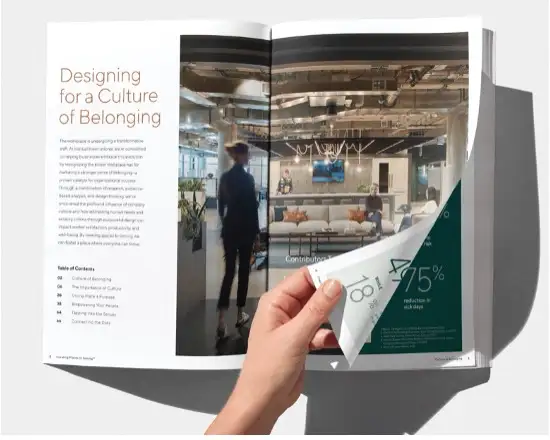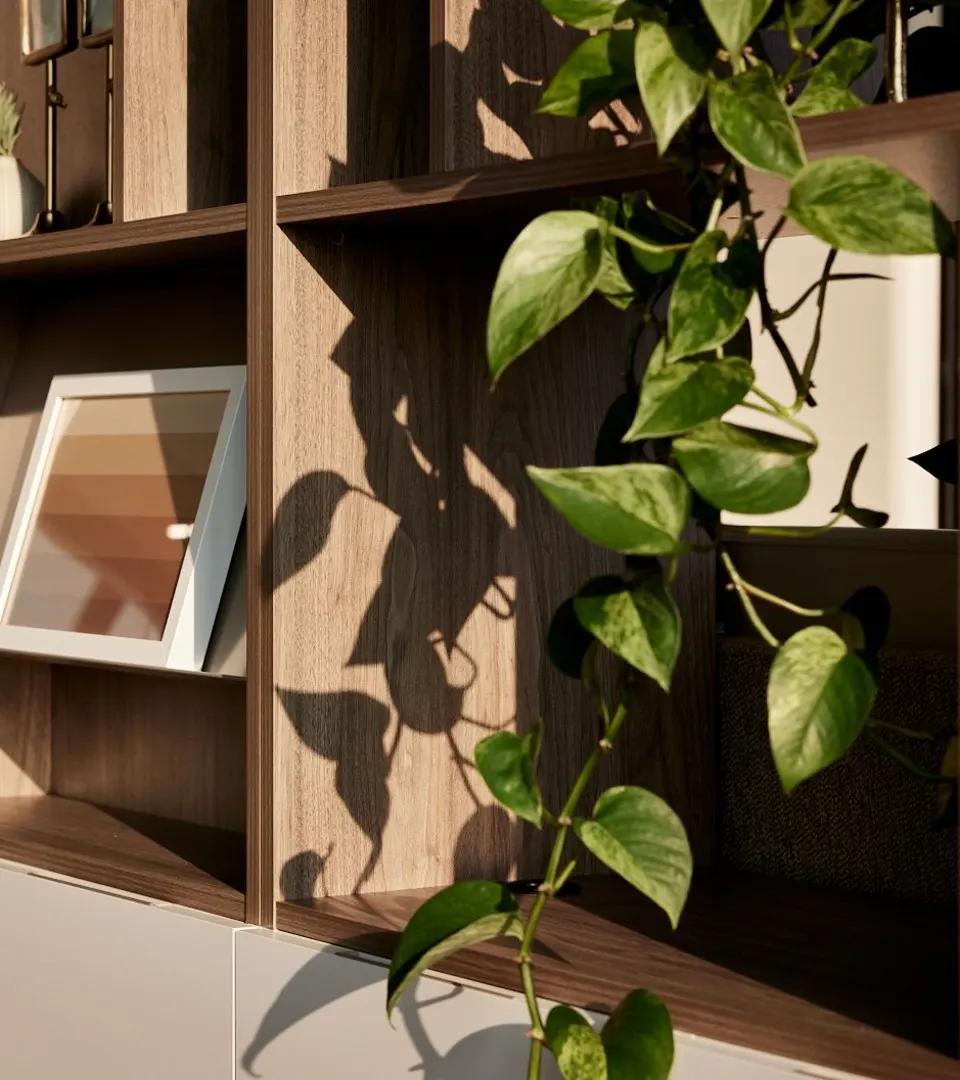Creating Places to Belong®
The Value of Culture & Connection
Kimball International partnered with Ipsos, a global leader in market research, and Arigami, a distinguished interdisciplinary research team, to study how sensory design and furniture can make people feel like they belong.
Experts from Harvard, Stanford, Oxford, Cambridge, and other top schools led the research, which was carried out by a team with diverse skills in behavioral science, neuroaesthetics, and creative design innovation.
Belonging is
Valuable.
Loved by Companies
High belonging is linked to:
56%
increase in job performance
50%
drop in
turnover risk
75%
reduction in
sick days
Desired by People
94%
of respondents emphasized the importance of belonging in the workplace.
Designing a Culture of Belonging
The workplace is undergoing a transformative shift. At Kimball International, we’re committed to helping businesses embrace this evolution by recognizing the power that place has for nurturing a stronger sense of belonging—a proven catalyst for organizational success. Shaping a sense of belonging in the workplace involves recognizing the role of company culture, addressing the fundamental human needs of connection, community, comfort, and choice, and factoring in purposeful design strategies. Together, these elements form a cohesive framework that influences not just how employees feel but also how they perform. By harmonizing these elements, we can foster a workplace where everyone can thrive.

